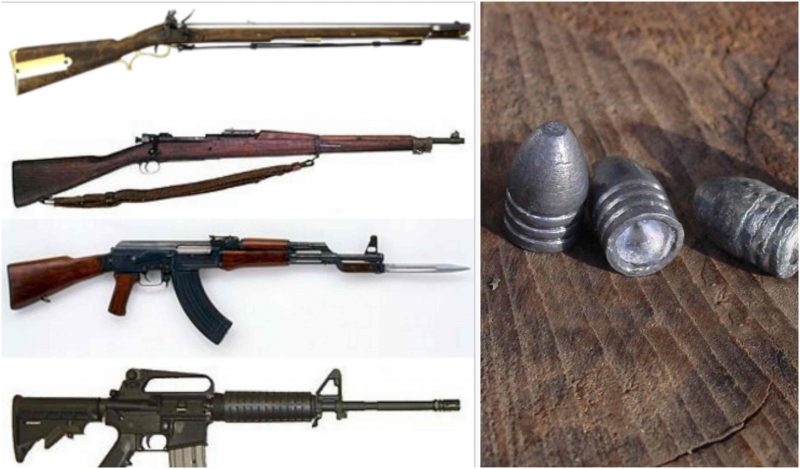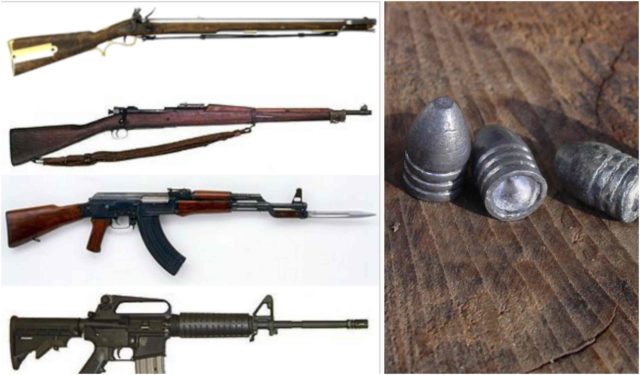
Everyone has heard of guns. For generations, the U.S. public has been able to purchase and own such weapons. What many people are not quite as aware of is the history of guns in this country. This awareness is important, because it paves the way to understanding that guns are not going to disappear from our culture any time soon.
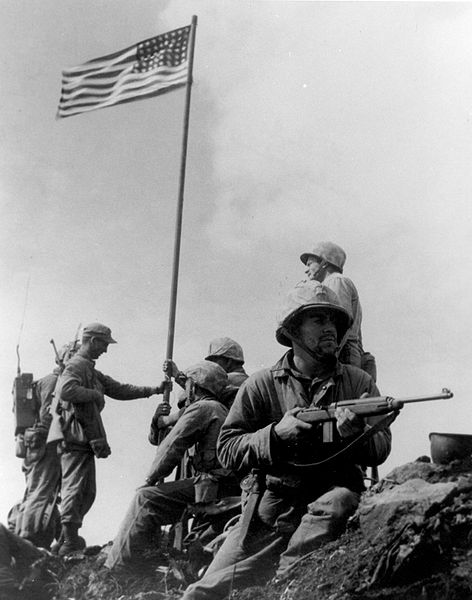
One of the most important events in history that spurred the spreading of guns across America was the beginning of the Revolutionary War. At the time when colonial settlers took up arms against the British, gun technology had been essentially the same since the introduction of rifles. You pour powder down the barrel, tamp it down with a metal rod, shove in a ball of lead, and then wait for the spark from the trigger to reach the powder in the barrel.
This type of process meant that even the best soldiers could only get off approximately three or four rounds a minute—average soldiers shot even less. On top of that, these rounds—spherical lead balls—had little accuracy. The smooth bore of old rifles sent rounds jumping through the air like a baseball pitcher’s knuckleball. Needless to say, hitting a target was difficult and it lead to the tactic to line soldiers to fire in unison, just like they do in the movies.
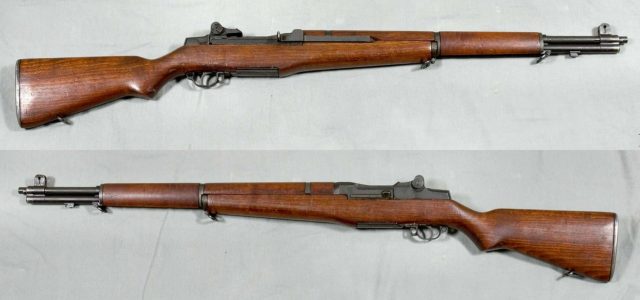
War will always galvanize weapon technology. For example, during the Civil War, the invention of the Minié Ball changed sharpshooting from a distance. This round was more standardized than predecessors’ and allowed inventors to construct a feeding mechanism that streamlined the loading and firing process. Another innovation was the rifling, or spiraling of the barrel, made the long gun into the deadly tool that it is today. (It is from this innovation that rifles actually got their name.)
In 1862, Benjamin Tyler Henry created the Henry Repeating Rifle. It was the first of what would become known as semi-automatic weapons. It was the atom bomb of the military world of the 1800s and it set the stage for American weapon making. The Henry Repeater was obviously not a modern semi-automatic—it still had to be cocked before every shot. A true semi-automatic cocks itself and fires a round with every trigger pull. That being said, however, this new rifle allowed for rapid firing of rounds, up to about 12 per minute.
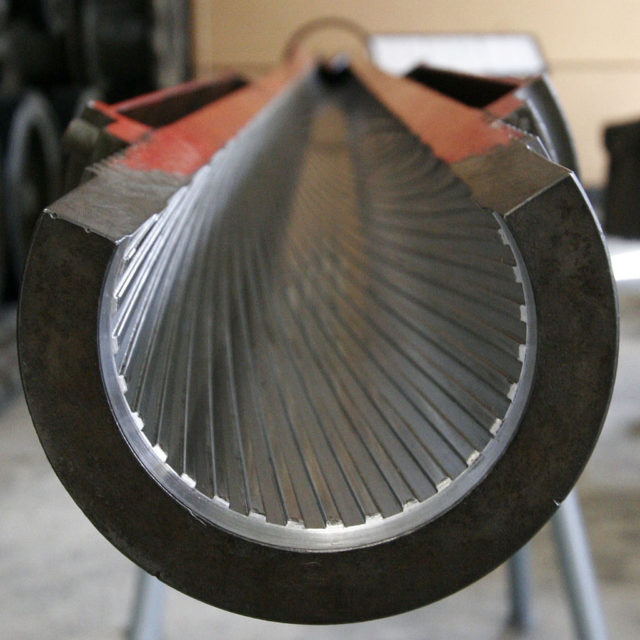
“What saved us that day was the fact that we had a number of Henry rifles,” Major William Ludlow wrote in his account of the Battle of Altoona Pass during the Civil War. “This company of 16 shooters sprang to the parapet and poured out such a multiplied, rapid and deadly fire, that no men could stand in front of it and no serious effort was made thereafter to take the fort by assault.”
After that, rifle technology remained relatively unchanged over the next 50 or 60 years. Naturally some modifications or enhancements were made, but they were minor and rifles still had to be cocked after every shot. There were innovations in the field of fully automatic weapons. These were clunky machines that required at least two men to operate. One such example is the infamous Gatling Gun that was operated via a cranking system and was vulnerable to double feed and jams.
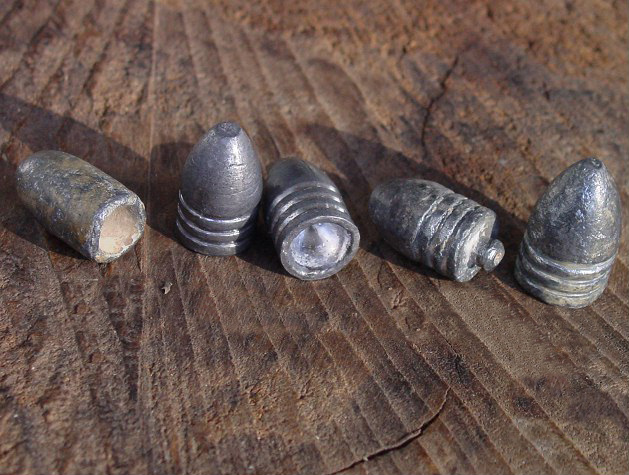
When World War I began, ground troops were still largely using bold-action one shot rifles. Their shots per minute remained about the same—about 12 per minute—as the days of Henry. It became apparent as the war moved on that light infantrymen were in desperate need for a rapid-fire rifle.
In response to this need, the Winchester Model 1905 was invented. It was a self-loading rifle, as it was called back then, that fired a bullet with every pull of the trigger. The main difference between the Winchester Model 1905 and its modern counterparts is that the Winchester had to be loaded like modern shotguns. Each shell had to be manually fed into the rifle via a port on the side. This manual loading was difficult for troops who were under fire. How could they load whilst dodging enemy bullets? What the Army needed was a self-contained magazine style loading.

The M1 Garand entered the scene at the end of World War I, and for the first time soldiers could use small preloaded “clips” or “cartridges”, each holding eight rounds. This was by no means an assault rifle and soldiers had to fire all eight rounds in the clip before reloading. This left them in tough situations if they had to take cover with only one round left in the weapon, but it was still a huge step up from manual shooting.
Two new guns, The Browning Automatic Rifle (BAR) and the M1 Carbine, would be the first type of assault style rifles to be invented. The BAR was a light infantry machine gun and would later serve as inspiration for the light squad automatic weapons still used today. The M1 Carbine, which wouldn’t come until years after the BAR, was part of an Army initiative to provide soldiers with a light assault carbine that stored rounds in several interchangeable magazines. This gun was the first magazine loaded, light semi-automatic weapon. The M16s and AK-47s are based on this original rifle style.
Of all these guns, the M1 Carbine is considered the father of what modern society calls assault weapons. Needless to say, it is probably not something that the writers of the U.S. Constitution ever considered.
